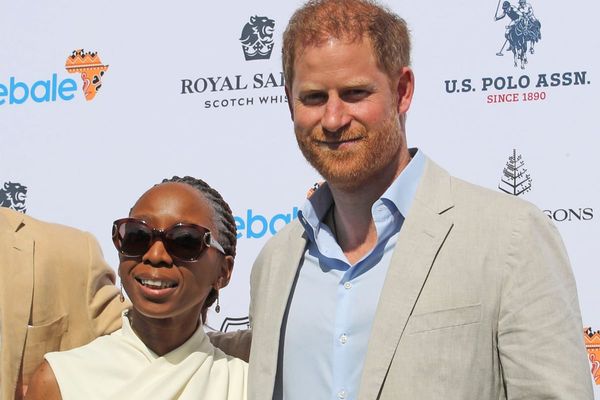
Andrea Arnold’s flawed, garrulous new movie is a chaotic social-realist adventure with big, chancy performances, grimly violent episodes, tragedy butting heads with comedy and physical existence facing off with fantasy and imagination.
It meditates on identity and belonging, the poignancy of not being valued, not being seen, the transition from childhood to adulthood, girlhood to womanhood, sexism and cruelty. The energy and heartfelt good humour offset the moments of cliche and implausibility.
Barry Keoghan plays Bug, a lairy bloke who is over the moon at his imminent wedding and his foolproof idea for easy money: he has imported from Colorado a certain kind of toad whose slime is a powerful (and expensive) hallucinogen. It’s just that the toad needs the right kind of soothing and yet upbeat music played to it, before it starts sweating out the good stuff. And what track does Bug like? Andrea Arnold couldn’t resist it: Murder on the Dancefloor. Perhaps every Keoghan film from now on is going to have a Saltburn gag.
But Bug’s smart, lonely 12-year-old daughter Bailey (Nykiya Adams) from a previous relationship lives with him, and she is confused and unhappy about a new stepmother. Her mother is now in a relationship with an odious, violent misogynist.
Bailey is, moreover, an intimate witness to the disturbing tendencies towards gang-related crime among the older teens. Everything in her life is alienating, except her love of birds. And then a very strange thing happens: an eccentric, troubled guy called Bird (played by Franz Rogowski with a full-on unexplained German accent) shows up and asks Bailey for help.
Bird is a very odd individual: a free spirit, a poetic soul, an outsider and a non-tartan kilt wearer, this last affectation being something that Bailey tactfully never remarks on.
Audiences will absorb the familiar or overfamiliar social-realist tropes here: there are phone-video scenes; Bailey films people she finds suspicious almost without thinking. There are horses (who with their simple dignity so often find their way into films like this) and of course the bird, which typifies the vulnerable free spirit, making common cause with the disadvantaged young person ….
It’s a riff of sorts on Ken Loach’s Kes, but it’s difficult to tell if the resemblance is deliberate or if what Loach did with that movie was so influential that film-makers imbibe the language without quite realising.
I have to be honest and say I did predict the big transitional moment in this film, and I suspect many others will too; it’s a key moment in the film’s combination of absurdism and absurdity. Opinions will divide about that and the movie generally – it’s a minor Arnold, with fluency and energy.
• Bird screened at the Cannes film festival, and is in UK and Irish cinemas from 8 November.







